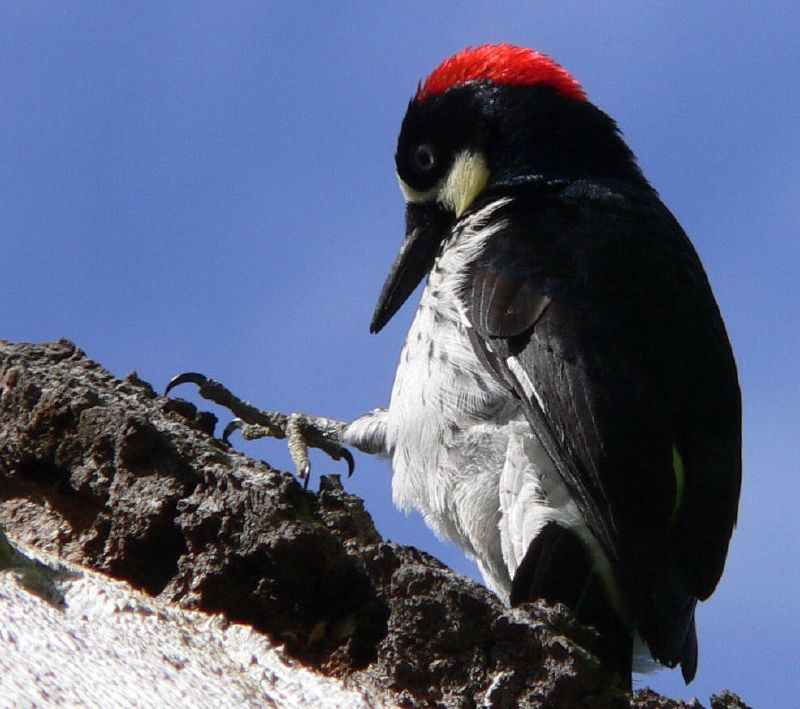Golden-hooded Tanager eating fruit
(David Zittin, La Selva BIological Station, Costa Rica, 2018)
Golden-hooded Tanager
The Golden-hooded Tanage (Tangara larvata) is a neotropical bird mostly found in lowlands from Southern Mexico to Northwestern South America. As with other small, blue tropical birds, they catch the eye. The contrasting golden hood against blues and blacks makes this a neotropical delight. They are common around feeders and places where preferred food sources are found. Like many birds, they are opportunistic omnivores and will eat fruit and small arthropods.




